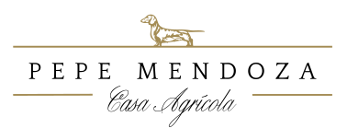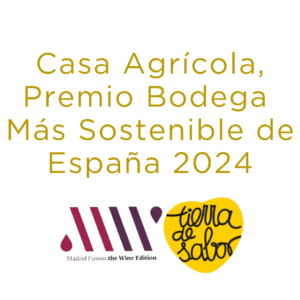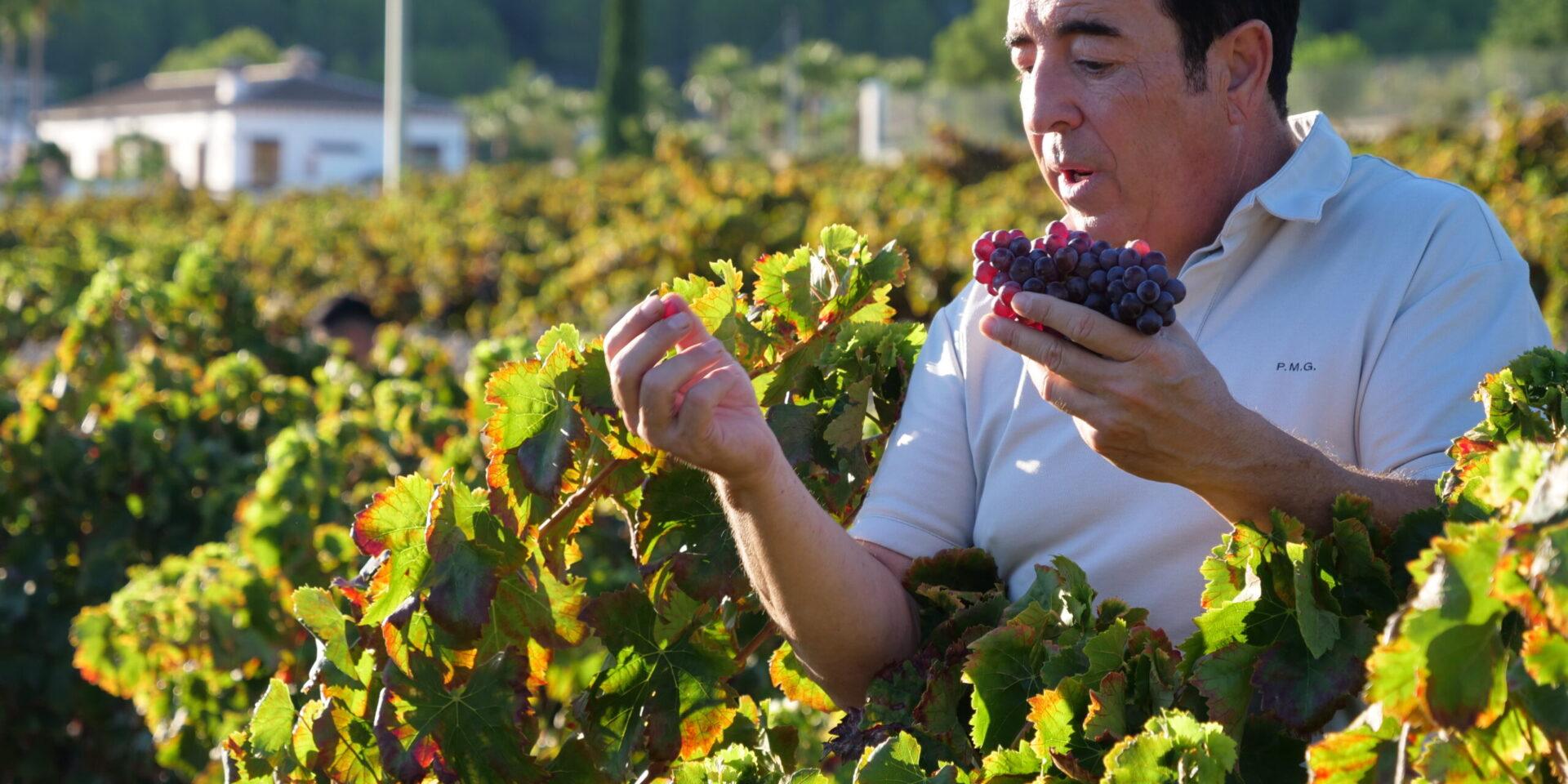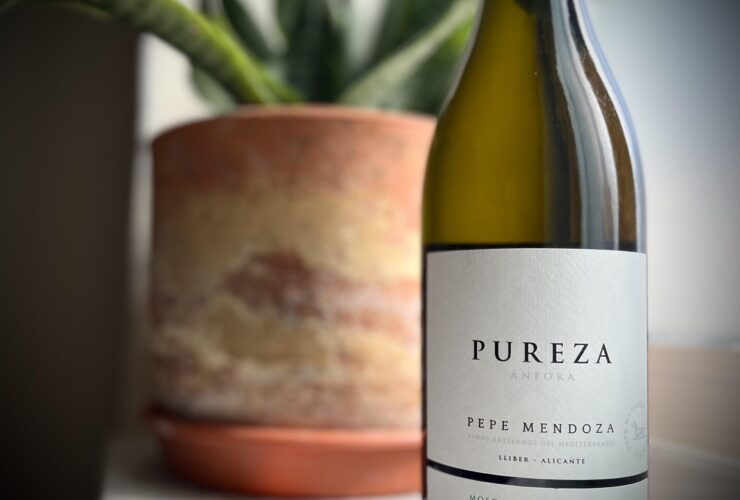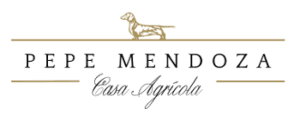Harvesting Life
The most vibrant time of the year in the vineyard
We’ve just completed the most vibrant and challenging time of the year for those of us who cultivate vines: the harvest. A few weeks ago, we began this crucial stage, and since then, emotions have been running high—nerves, adrenaline, worry, excitement, heat, and exhaustion all blend into each day. It’s a privilege to witness the entire process: seeing how these ancient vines, once dry and dormant, come back to life in a burst of vitality, with lush leaves and dense clusters—a visible result of months of careful management. Even after more than 30 years observing this cycle, it still feels like a miracle gifted by the earth. It’s a privilege to compare and verify the sensations the plants gave us in summer and how they translate into finished wines, and to assess the vintage (2025 is proving to be rich and well-balanced).
Harvesting: more than picking grapes
Harvesting is more than picking grapes. It’s about syncing with the plant, understanding its rhythm and language. It’s knowing when to cut, how to do it, and with what care. It’s a task that demands precision and deep respect for a millennia-old tradition. The days are long, and the physical and mental effort is intense.
The connection between humans and nature
The harvest is the connection between humans and nature, where every step matters. And though exhausting, it’s deeply rewarding. Because at the end of the day, what we gather isn’t just fruit—it’s history, effort, and the hope of crafting a wine that tells the story of our dedication and the landscape in every sip. Decisions are made through a blend of intuition, accumulated wisdom, tasting, and science—a lot of science, which helps us understand, learn, and decide whether to repeat or adjust in future vintages depending on whether the wine hits the mark or needs improvement.
How we decide the exact moment to harvest
Throughout the summer, we observe how the plant speaks to us, what story it tells, and how the climate influences it. We measure leaves, internode diameters, cluster counts, and more. From Santa Ana onward (when the grapes begin to color), we start analyzing musts, berry weights, pH levels, and multiple acidities that guide us. The final decision—the key moment of harvest—comes from a combination of vision, tasting, and final measurements.
Vision: what the plant shows us
We look at the stem, skin coloration, ripening of the shoots, the brush connecting berry to stem—ensuring no green traces remain and the grape is rich in anthocyanins.
Tasting: what the grape tells us
The grape should exhibit no trace of herbaceous or green aromas, the skin should offer sweet tannins, and the seeds should be crunchy and lignified.
Measuring: science and precision in the vineyard
With Dyostem, we track sugar production, ensuring berry weights don’t drop and sugar accumulation continues steadily—always above 10 mg/l/day.
And then one day, everything aligns. You feel bold and brave, and the harvest begins. The die is cast. In 2–3 years, we’ll be enjoying the first red wines of the 2025 vintage. We hope you enjoy them as much as we’ve enjoyed crafting them.
Cheers!
Come visit our winery
We are waiting for you.
